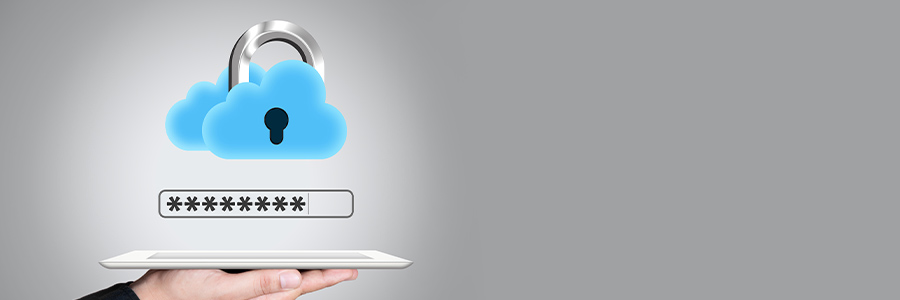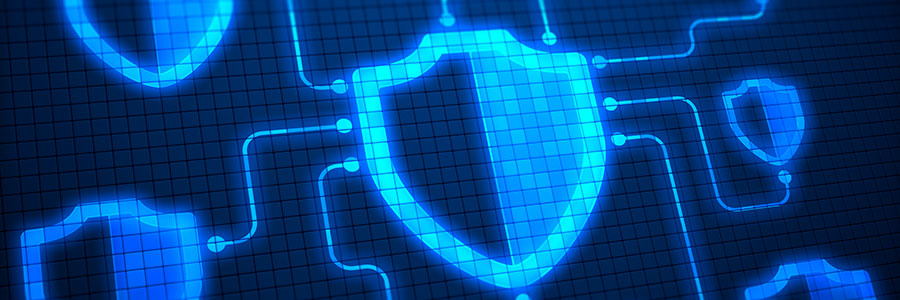Why you should kick-start 2023 with an IT audit

The new year is a time for reflection and resolutions. It’s also the perfect time to conduct an audit of your business IT. Many business owners put off this important task, but there are many benefits to be gained by doing an IT audit at the start of the year. For one, it is a great way to ensure that your business is in its best shape heading into 2023, and it can help you gain an edge even before Q1 ends.
Scheduling one now for your Salt Lake City business, and having it done either by your IT team or outsourced IT consultant, means having more time to tackle challenges as they come up throughout the year ahead. In this article, we will discuss what an IT audit is, its purpose, and the benefits of conducting one.
What is an IT audit?
An IT audit is an assessment of the security, compliance, and efficiency of a company’s IT systems and infrastructure. It helps businesses identify weaknesses in their cybersecurity or data protection measures and any potential risks that could arise from these vulnerabilities. Some of the main purposes of a technology audit is reducing the risk of data loss or theft, ensuring compliance with legal requirements and industry standards, and improving overall organizational performance.
There are many different types of IT audits that a business can perform, but these are the most common ones:
- General control review – involves assessing the effectiveness and accuracy of existing policies and procedures
- Application control review – done to spot issues related to software applications such as viruses or other malicious code
- System integrity review – focuses on detecting any problems with an organization’s operating systems
- Vulnerability assessment – used to discover any known vulnerabilities in the system that attackers could potentially exploit
- Penetration test – entails simulating an attack on the system in order to further examine its security posture
- Configuration review – aims to ensure that user accounts follow best practices for authentication and authorization according to organizational policy
Benefits of an IT audit
Conducting an IT audit right at the start of the year can benefit your business in the following ways:
Improved security
An IT audit can help your company detect and mitigate threats early in the year. By being proactive, you can identify weaknesses in your data protection measures, as well as any potential risks associated with these vulnerabilities, before operations get busy. It’s interesting to note that the beginning of the year is when retail businesses, in particular, traditionally experience a slump, with sales and foot traffic usually dropping.
Increased efficiency
By conducting an IT audit, you can identify areas where your business’s processes are inefficient or outdated. This helps to reduce costs and improve overall organizational performance by streamlining operations and enhancing user experience. Clients feel valued and respected when a company swiftly tackles areas of improvement and addresses them early in the year.
Related reading: New year, new IT resolutions: What your business should do to improve its technology
Strengthened reputation
There’s also no better way to build trust with customers and business partners than by conducting an IT audit at the start of the year. This is a good way for your company to demonstrate your commitment to cybersecurity and data protection and showcase your dedication to compliance with legal requirements and industry standards. In highly regulated industries such as legal, healthcare, and finance, this is crucial.
Greater efficiency
A thorough IT audit enhances your team’s workflow efficiency by streamlining processes. The audit should be tailored to your organization’s specific needs, size, industry type, and geographic location so that it provides meaningful insights into operational risks while creating minimal disruption during the process.
If your business in Utah is facing IT security and data risks, invest in an auditing service custom-made to your business’s needs. Doing so will ensure that all of your company’s assets remain secure and uncompromised. Get in touch with NetWize’s team of IT professionals to get started. Call us today.








